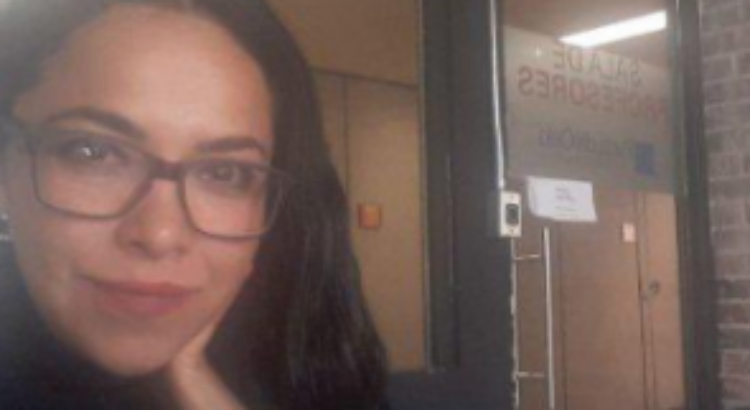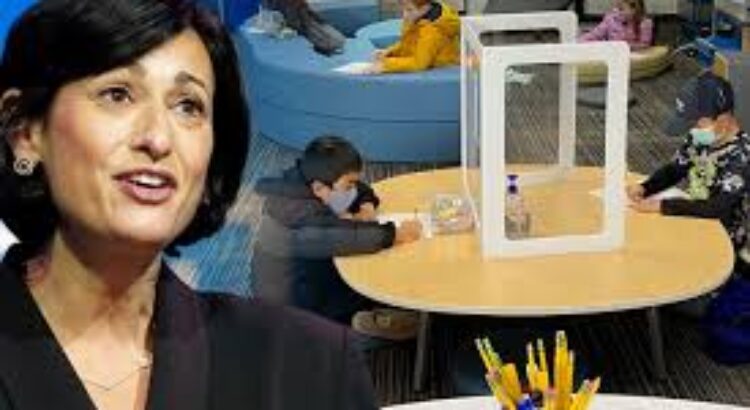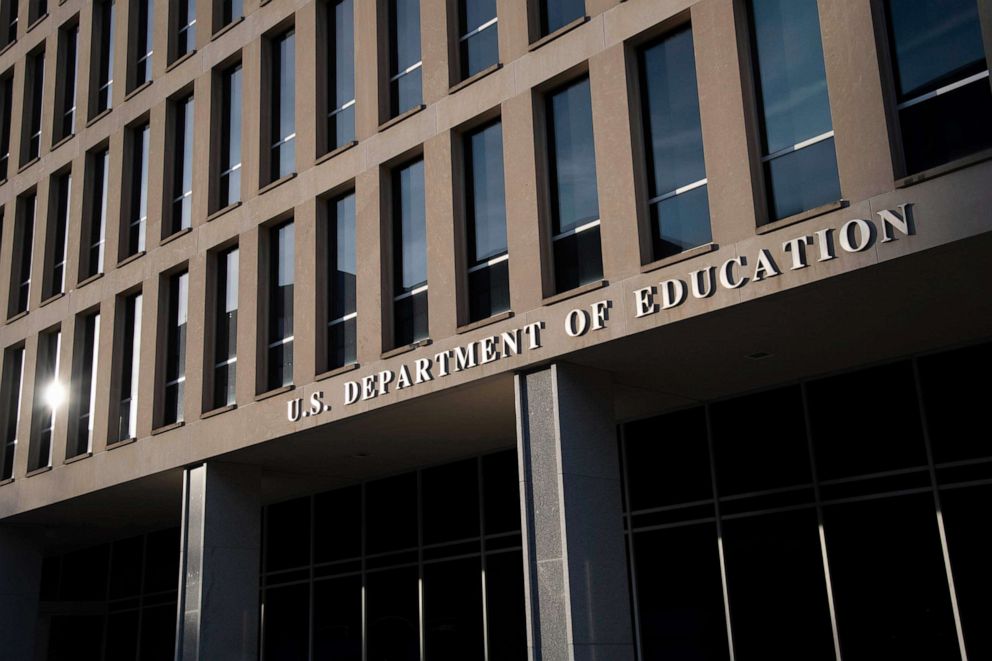El teatro, elemento indispensable para el regreso a clases
Por: Herzel García Márquez*
Publicado por Pluma Invitada
Ante el próximo regreso a clases, el bienestar socioemocional es una preocupación y ocupación prioritaria para cada docente y comunidad educativa.
De acuerdo con el informe: “Los jóvenes y la pandemia de la COVID-19: efectos en los empleos, la educación, los derechos y el bienestar mental”, investigación realizada por la Organización Internacional del Trabajo, “los efectos desproporcionados de la pandemia en los jóvenes han exacerbado la desigualdad y podrían mermar la capacidad productiva de toda una generación” (OIT, 2020).
El informe de la OIT, también señala que la pandemia interrumpió la educación de más de 70% de los jóvenes y que esta abrupta interrupción del aprendizaje y del trabajo, exacerbada por la crisis de salud, ha deteriorado el bienestar mental de los jóvenes a nivel mundial.
Otra interesante revelación del estudio es que el 17% de los jóvenes probablemente sufran ansiedad y depresión, además de que el bienestar mental es menor en mujeres que en varones de 18 años. Finalmente, las conclusiones del trabajo exponen que los jóvenes cuya educación o trabajo fue interrumpido parcial o totalmente, presentaban dos veces más probabilidades de sufrir probablemente ansiedad o depresión que quienes mantuvieron su actividad académica o laboral aún en línea.
Las cifras son alarmantes y presentan grandes retos que requieren, en definitiva, la creación de un proyecto de contención socioemocional para cada agente educativo.
En este sentido, las propuestas son varias y un gran talento del docente radica en seleccionar aquellas actividades que, dentro de un gran rango de propuestas, pueden dinamizar con sus grupos.
Evidentemente, además del esfuerzo individual, se requiere de un proyecto escolar. La comunión de objetivos y esfuerzos paralelos permitirá avanzar conforme a las necesidades de cada contexto; “No es una carrera de velocidad, sino de resistencia” (García de Luca, s/f).
Para lograr alcanzar juntos esa meta, es indispensable que reconozcamos las necesidades como grupo y como individuos en primer lugar, lo que da gran relevancia a la evaluación diagnóstica en la dimensión emocional; hoy más que nunca conocer cómo llegamos, cómo nos encontramos en este regreso a clases (evaluar con objetivos diagnósticos) nos permitirá un reconocimiento más empático. Las circunstancias que cada persona ha vivido en esta pandemia, es tan auténtica como personal.
Cada uno se presenta con la oportunidad de reinventarse en diferentes escenarios; algunos serán nuevos, otros, seguramente, permitirán recrear con paulatina prudencia, respuestas diferentes a las situaciones anteriormente vividas a modo de un ejercicio gestáltico.
La importancia de que la escuela reciba a su comunidad, lista, preparada y acogedora y de que recobre verdadera vida lo antes posible, radica en el impacto que tiene la vida escolar en la reconstrucción social en el regreso a la llamada “nueva normalidad”; ese impacto cobra relevancia a nivel social pero también personal.
Cada agente educativo puede brindar grandes elementos a la vida de la comunidad escolar, es momento de juntar hombros y unir talentos, tal como se ha venido demostrando desde hace más de un año.
La escuela debe abrir espacios que fomenten ambientes en los que esos talentos y esfuerzos logren activarse dentro de la dinámica grupal.
En estos ambientes, el artístico, será uno de nuestros más grandes aliados; los fundamentos logoterapéuticos reconocen en la arte-terapia y en específico, en la arte terapia teatral, una estrategia ideal para desarrollar diferentes procesos psicológicos fundamentados en el enfoque existencialista de la psicología, especialmente el sentido de vida (Cano y Perilla, 2018).
Para reencontrar este sentido vital después de haber vivido una crisis humanitaria como lo es la pandemia, el teatro como estrategia en el proceso de enseñanza aprendizaje, nos brinda una gran oportunidad de colaboración y de contención emocional a partir de la creatividad y el encuentro artístico y por supuesto, del desarrollo de temas universales que atienden a lo humano como centro y meta.
Si bien las bondades del teatro como estrategia didáctica para el logro de los aprendizajes esperados en cada asignatura es indudable, ante los retos del regreso presencial, hay que resaltar su importancia para fomentar el bienestar socioemocional de los estudiantes al asignarles un rol, una tarea y compartir con su grupo un objetivo claro y pertinente, la obra teatral.
Algunos beneficios del ambiente teatral se relacionan directamente con la preparación física y expresión corporal, componentes indispensables para la readaptación en ambientes sociales que en ocasiones pueden generar inseguridad, incomodidad o malestar.
Habrá alumnos que se sentían de alguna forma, cómodos con el aislamiento, pensemos en aquellos estudiantes que vivían una situación social difícil antes de la pandemia y que el resguardo, le brindó una seguridad que se romperá con el regreso a clases. Para estos alumnos, el teatro brinda una oportunidad de ejercitar constantemente esa voz interior, ese lugar seguro, además de trabajar en su voz exterior, por ejemplo, las estrategias de oratoria que se trabajan en el campo teatral ayudan a argumentar y a desarrollar el pensamiento crítico y a actuar conforme a la razón y a la lógica.
El teatro también les permite a todos los estudiantes autogestionar su bienestar a partir del aprendizaje y práctica de ejercicios de meditación, concentración y respiración que acompañan al actor en su preparación y que permiten que el estudiante cree y nutra un espacio interior que le fortalezca intrínsecamente ante cualquier necesidad.
Muchos de nuestros estudiantes se presentarán probablemente con signos de ansiedad. Para ello, el beneficio de la respiración controlada, así como la preparación mental, física y vocal que se practica en el teatro permite reforzar la relajación de la persona.
En vez de tratar de controlar los ambientes físicos en la escuela, cosa que resultaría una tarea interminable, sería conveniente reforzar el ambiente personal de cada estudiante y estas estrategias teatrales, son sumamente útiles para ese objetivo.
La inclusión del teatro como estrategia didáctica para este regreso presencial a la escuela permite un ejercicio de creatividad en cuanto a la reconstrucción social que estamos viviendo ya que la actividad teatral en tanto lúdica permite inventar y proponer nuevas soluciones, ideas y facetas desde el pensamiento y talento de los estudiantes. La preparación de una obra, no hay que olvidarlo, requiere de diálogo y acuerdos constantes.
El público observa en dos horas y un escenario perfecto, el resultado de días, meses, semanas y los sube y baja en montañas rusas de emociones incesantes.
Es aquí en donde el teatro se hace presente como un maestro para sortear la realidad. Desde la preparación de la obra, el teatro nos enseña que, sin esfuerzo individual, no existe el éxito colectivo, por ello, la importancia de la puntualidad, de acudir con “la tarea” hecha, porque para avanzar se necesita que el impulso del otro impacte en mi vuelo.
El teatro permite reconocer las emociones más profundas de nuestros alumnos y al mismo tiempo, les da la oportunidad de vivirlas, expresarlas y procesarlas de manera armoniosa.
Al montar la obra teatral, el alumno se recrea constantemente y en diversas oportunidades, sea cual sea su rol ya que las múltiples actividades involucradas en el montaje permiten descubrir al diseñador gráfico, al ingeniero de sonido y al experto en estructuras, al actor, al interesado en publicidad y administración de empresas, al especialista en leyes, al bailarín, al conductor, al experto electricista, en fin, el teatro, sin duda, es un pretexto maravilloso para probar diferentes papeles, resolver nuevos problemas lo que termina descubriendo nuestros intereses y nuestra vocación muchas veces.
Los diferentes personajes y escenarios permiten crear y recrear roles ampliando las experiencias y permitiendo el autoconocimiento a partir de vivir en los zapatos de otro y decidir qué de eso habla de uno, y qué no.
La experiencia de aprendizaje que permite el teatro es amplia ya que considera una gran oportunidad de transversalidad, aprendizaje basado en proyectos, interdisciplinariedad, y sin duda, una serie de encuentros personales que acogen muy bien a cada estudiante en su regreso a clases.
El valor que tiene el teatro como técnica para favorecer el proceso de enseñanza aprendizaje, es claro; darle protagonismo dentro de los proyectos parece ser un importante acierto en este regreso a clases de manera presencial, ya que permite atender la parte afectiva desarrollando actitudes y hábitos de comunicación y colaboración grupal, así como diversos contenidos curriculares que se pueden abordar desde un diseño transdisciplinar y transversal.
No hay que olvidar que el teatro como aliado en el aula para este regreso a clases trae consigo un elemento clave y que le define como arte, profesión, oficio y por supuesto, estrategia didáctica, y es la gran diversión que implica el mundo teatral.
La diversión, es la promesa cumplida que el teatro brinda al esfuerzo y compromiso docente, reconociendo, por supuesto, el gran camino recorrido y las grandes batallas ganadas. Los tiempos venideros se vislumbran con grandes molinos de viento que más que atemorizarnos, nos invitan a dar lo mejor y seguir, pues como dijera Don Quijote en aquel maravilloso musical, solo hay que “Luchar por un mundo mejor, Perseguir lo mejor que hay en ti, Llegar donde nadie ha llegado, Y soñar, Lo imposible soñar.
Referencias
García de Luca, M. (s/f). RCSA.
OIT (2020). “Los jóvenes y la pandemia de la COVID-19: efectos en los empleos, la educación, los derechos y el bienestar mental.
*Consultora Académica de la Red de Colegios Semper Altius
Fuente de la Información: http://www.educacionfutura.org/el-teatro-elemento-indispensable-para-el-regreso-a-clases/














 Users Today : 0
Users Today : 0 Total Users : 35421712
Total Users : 35421712 Views Today :
Views Today :  Total views : 3356575
Total views : 3356575